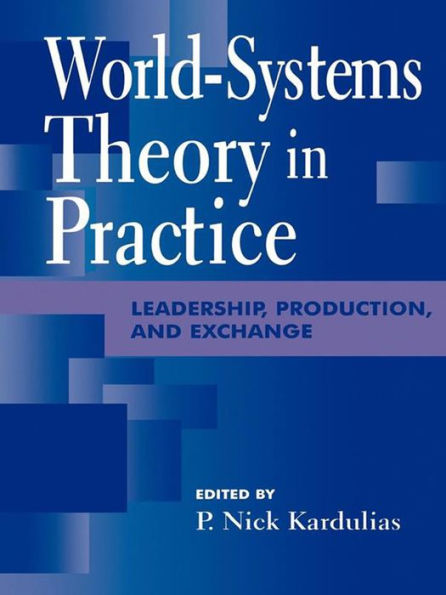In the quarter century since Wallerstein first developed world systems theory (WST), scholars in a variety of disciplines have adopted the approach to explain intersocietal interaction on a grand scale. These essays bring to light archaeological data and analysis to show that many historic and prehistoric states lacked the mechanisms to dominate the distant (and in some cases, nearby) societies with which they interacted. Core/periphery exploitation needs to be demonstrated, not simply assumed, as the interdisciplinary dialogue which occurs in this volume demonstrates. World-Systems Theory in Practice will appeal to individuals with an interest in the application of WST in both the Old World and the New World. The papers in this volume reflect the vitality of the debate concerning the use of such generalizing theories and will be of interest to archeologists, anthropologists, historians, sociologists, and those involved in the study of civilizations.



